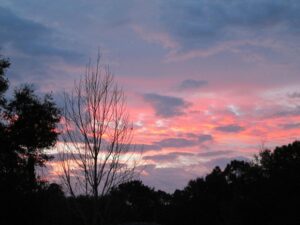 I’ve been sitting in my armchair with my laptop and a cup of Earl Grey watching the sunrise decorate the horizon through Douglas firs. I know the colors I’m looking at have a scientific basis–when the sun is low at sunrise and sunset, sunlight needs to travel farther through more of the atmoshphere than during the day, especially midday. This means that sunlight is refracted and reflected and blue and green are typically filtered out because they have short wavelengths. It’s called scattering and at sunrise, molecules disperse more blue light. This means yellow, red, and orange–longer wavelengths–can paint the sky because they’re not filtered out. Here’s an explanation for this phenomenon.
I’ve been sitting in my armchair with my laptop and a cup of Earl Grey watching the sunrise decorate the horizon through Douglas firs. I know the colors I’m looking at have a scientific basis–when the sun is low at sunrise and sunset, sunlight needs to travel farther through more of the atmoshphere than during the day, especially midday. This means that sunlight is refracted and reflected and blue and green are typically filtered out because they have short wavelengths. It’s called scattering and at sunrise, molecules disperse more blue light. This means yellow, red, and orange–longer wavelengths–can paint the sky because they’re not filtered out. Here’s an explanation for this phenomenon.
Mostly, though, I’m pondering how to describe various hues. What to call the delicate pink-apricot-violet palette that’s so fleeting and lovely?
In my previous post I mentioned that setting details categorize fiction. For example, setting in horror will play a huge role because horror needs to terrify the reader. It needs to permeate to create tension, mood, and atmosphere. Along with other story ingredients, it’s used to ratchet up dread in the reader. Setting can foreshadow dangers ahead. That’s why the genre is replete with lonely manors and castles, gloomy alleys and shadowy, creepy forests, crumbling old houses, cemeteries, abandoned amusement parks, mental instituions, swamps, basements, and the vastness of space.
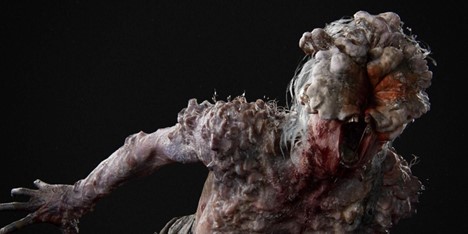 Setting can be as sinister and dangerous as the dystopian, post-pandemic world including the clickers in The Last of Us. {I nominate for one of the most iconic, unstoppable, and dangerous monsters that have come down the proverbial pike in a long time.} I cannot exaggerate the threat that pervades the series. And I’m fascinated that the story is based on a popular video game. I’ve been telling writers how the media landscape is changing, and this adaptation is a good example of this.
Setting can be as sinister and dangerous as the dystopian, post-pandemic world including the clickers in The Last of Us. {I nominate for one of the most iconic, unstoppable, and dangerous monsters that have come down the proverbial pike in a long time.} I cannot exaggerate the threat that pervades the series. And I’m fascinated that the story is based on a popular video game. I’ve been telling writers how the media landscape is changing, and this adaptation is a good example of this.
And let’s not forget moonless nights, blizzards ala Stephen King’s Misery, thunderstorms, and natural disasters. Cause and effect is at play because roads wash out, forests can be a maze of confusing trails and deadends, and spooky caves {aren’t they all?} can seemito go on forever.
Often setting is the main obstacle in a story. Dystopian fiction uses this a lot along with horror. It’s likely the calvary will not be coming.
Another reason setting plays such an oversized role in horror is that it’s often necessary to isolate or even imprison the protagonist as the crisis reaches a feverish pitch. Because help is not on the way. Instead, feed your readers dark encounters, gasp-out-loud twists, seemingly hopeless odds.
For more on this topic, I’ve written about Dean Koontz’s use of setting to create a spooky, doomed atmosphere in his Jane Hawke series here
I’m going to switch genres now although horror is so useful for illustrating my points. My dad is 92 and lives in a remote region of northern Wisconsin. And he’s an avid reader. I’m one of his suppliers. Books, that is. In this role I’m always looking for suspense series that are similar to Lee Child’s Jack Reacher, along with biographies and fascinating nonfiction.
The next book I’m sending him is Storm Watch by CJ Box. This series features Joe Pickett, a game warden living and operating in the wilds of Wyoming. Notice how his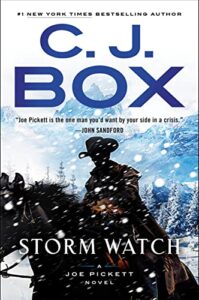 opening paragraphs firmly introduce his job, but also foreshadows a sh**show coming on
opening paragraphs firmly introduce his job, but also foreshadows a sh**show coming on
Here are the opening paragraphs, showing how setting categorizes.
Late March in the foothills of the Bighorn Mountains wasn’t yet spring by any means, but there were a growing number of days when spring could be dreamt of.
For Wyoming game warden Joe Pickett this was one of those days. This was a day that would both start and end with blood on the snow.
At midday, he climbed out of the cab of his replacement green Ford F-150 pickup and pulled on coveralls and a winter parka over his red uniform shirt and wool Filson vest. He’d had the foresight to layer up that morning before leaving his house, and he was also wearing merino wool long johns and thick wool socks. He pulled knee-high nylon gators over his Sorel pack boots, then placed his hat crowndown on the dashboard and replaced it with a thick wool rancher’s cap with the earflaps down.
On the open tailgate of his vehicle, he filled a light daypack with gear: water, snowshoes, camera, necropsy kit, extra ammo, ticket book, binoculars, sat phone. While he did so, he shot a glance at the storm cloud shrouding the mountains and muting the sun. A significant ‘weather event had been predicted by the National Weather Service for southern Montana and northern Wyoming. Joe didn’t question it. it felt like snow was coming , maybe a lot of it, and he needed to find an injured elk cow and put her out of her misery before the storm roared down from those mountains and engulfed him.
Blood on the snow. Twice.
Layers of winter outerwear
Necropsy kit
Storm cloud shrouding the mountains.
Throw another log on the fire. Those details creep into your veins don’t they? Here’s a preview of the storyline.
By the way, though as a writer I like to write about inky night skies, in reality, night skies are dark blue. The sky is always blue. Thanks for stopping by.
Keep writing, keep dreaming, have heart
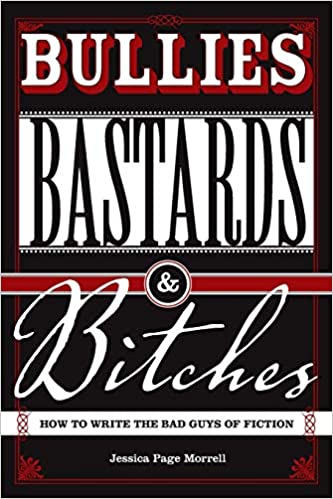

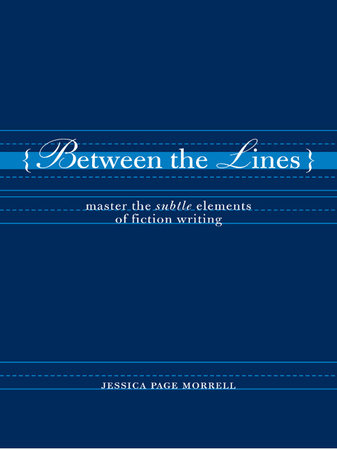


Leave a Reply